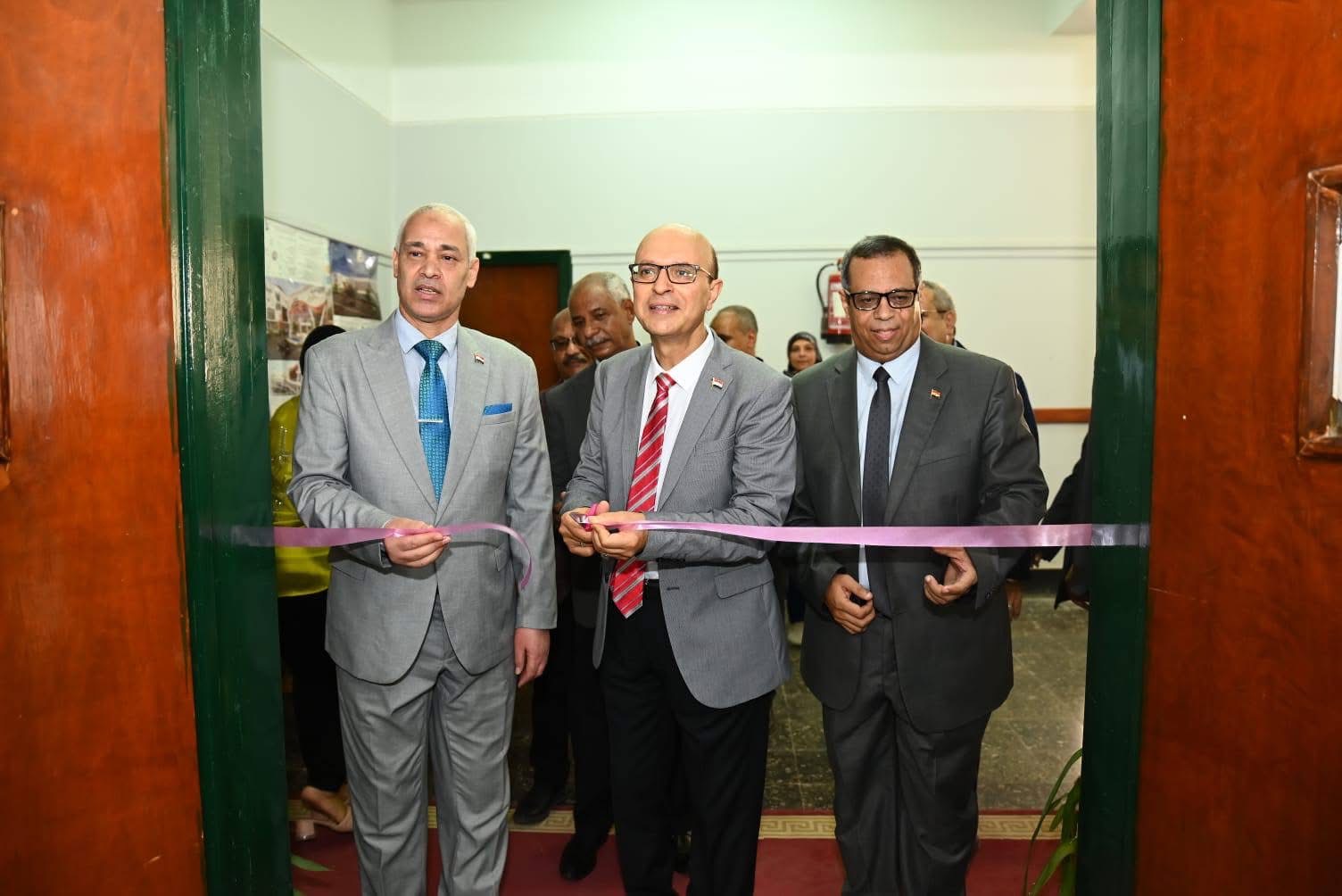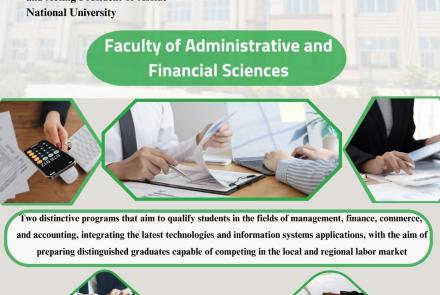The president of Assiut University opens the exhibition of graduation projects of the Faculty of engineering for the academic year 2024/2025
Dr. El-Minshawy: our students are able to create productive solutions that support a sustainable economy and serve Egypt's Vision 2030
Dr. Ahmed El-Minshawy, president of Assiut University, opened this Tuesday morning, July, the activities of the graduation projects exhibition for students of the College of engineering for the academic year 2024/2025, which was organized by the graduate follow-up and employment unit at the college, under the supervision of Dr. Khaled Salah, dean of the college, and Dr. Mohammed Safwat, vice dean for education and student affairs. The exhibition included about 40 a student project from various departments of the faculty and its special programs, through which students embodied their innovative skills, academic experience and ability to link theoretical knowledge with practical application.
The opening ceremony was attended by Dr. Ahmed Abdulmoula, vice president of the University for education and Student Affairs, Dr. Shehata Al-Dabaa, engineering advisor to the president of the University, and vice dean of the college for graduate studies and research, engineer Ayman Ayad, director of the Information Technology Branch in Assiut, Dr. Zeinab Ibrahim, director of the alumni follow-up and recruitment unit, and a number of faculty members, representatives of the industrial sector and students.
During his inspection tour, Dr. Ahmed El-Minshawy praised what he saw of student projects that combine innovation and technical knowledge, and reflect students ' scientific awareness and awareness of their community issues. He pointed out the importance of projects in providing realistic solutions to industrial and societal challenges, giving students wider opportunities to compete in the local and global labor market. He also praised the cognitive and technical skills shown by the students, and their ability to employ modern technology and develop new technologies to improve productive processes and drive a sustainable economy, noting that the university will remain a major supporter of its children, and a stimulating environment for innovation and excellence.
For his side, Dr. Ahmed Abdulmoula stressed that the various projects included in the exhibition reflect a developmental thought and a keenness to serve the community by providing innovative and sustainable solutions. He added that the University seeks to create a creative educational environment that supports excellence and innovation among students, and qualifies them to keep up with the requirements of the Times.
In the same context, Dr. Salah explained that the organization of the exhibition comes within the framework of the college's keenness to highlight the skills of its graduates, and to introduce the academic and industrial community to their abilities, which contributes to enhance employment opportunities and improving the image of the College among industrial entities and employers, pointing out that these efforts are integrated with Egypt's Vision 2030 and the higher education strategy. He also thanked the university administration for the continuous support of students, and praised the efforts of Supervisors, supporters from industrial entities and companies.
In the same context, Dr. Mohammed Safwat stressed that the graduation projects included in the exhibition embody the college's vision to provide modern engineering education that keeps pace with the developments of technology and meets the needs of industrial enterprises, pointing out that the college prioritizes qualifying its students with technical and innovative skills required by modern work environments.
The exhibition included a number of outstanding projects from various departments of the college. In the architecture department, students presented innovative designs for logistics and service centers with names such as: "tushki Oasis", "neo", "NOL", "Nova", "Shatan", "wet", "spirit and basil", "legacy", "tajli", "Moeen", and"grid", which diversified in their fields between food and environmental industries, recycling and agricultural products.
As for the mechatronics Department (special program), the projects included: desalination of sea water using solar energy, a self-driving cleaning car, a three-dimensional concrete printer, an automatic filling line, and a wheelchair multi-control system. In mechatronics (general program), the projects included: a water body cleaning robot, an auxiliary medical robot, and a self-guided grass trimming robot.
The electrical engineering department included qualitative projects, including: designing test circuits for an electronic processor, a receiving and transmitting device, a voice-controlled wheelchair equipped with health monitoring, a wall climbing robot, a green hydrogen generating unit, and a real-time health monitoring system using the Internet of things.
In the Department of mechanical design and production engineering, projects have emerged aimed at recycling plastic waste and creating composite materials reinforced with fibers and resistant to shocks.
As for the mining and metallurgical engineering department, projects such as: a geographical database using modern systems, analysis of global facilities, production of alloys with artificial intelligence, studying the properties of rust-resistant alloys, and evaluating the stability of the coronary stent in the diabetes mine were presented.
The Civil Engineering Department included a specialized project in the field of roads and airports, while the medical engineering program presented a project for a health monitoring system using optical vital signs and Internet of Things technologies. The exhibition concluded with the project of interior architecture students to develop and revive the historical Caesarea market in Assiut.
 Do you have any questions?
Do you have any questions? 





